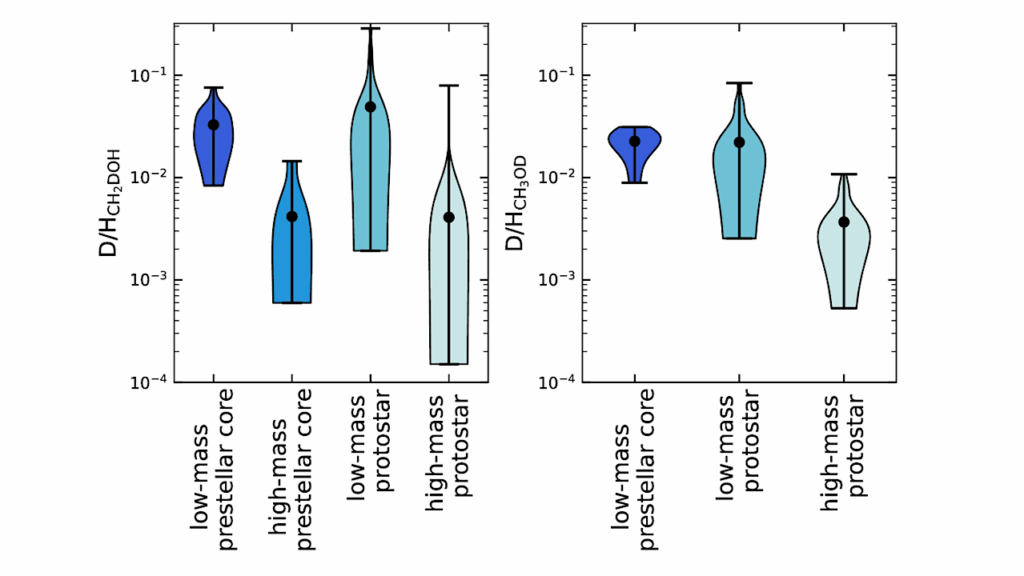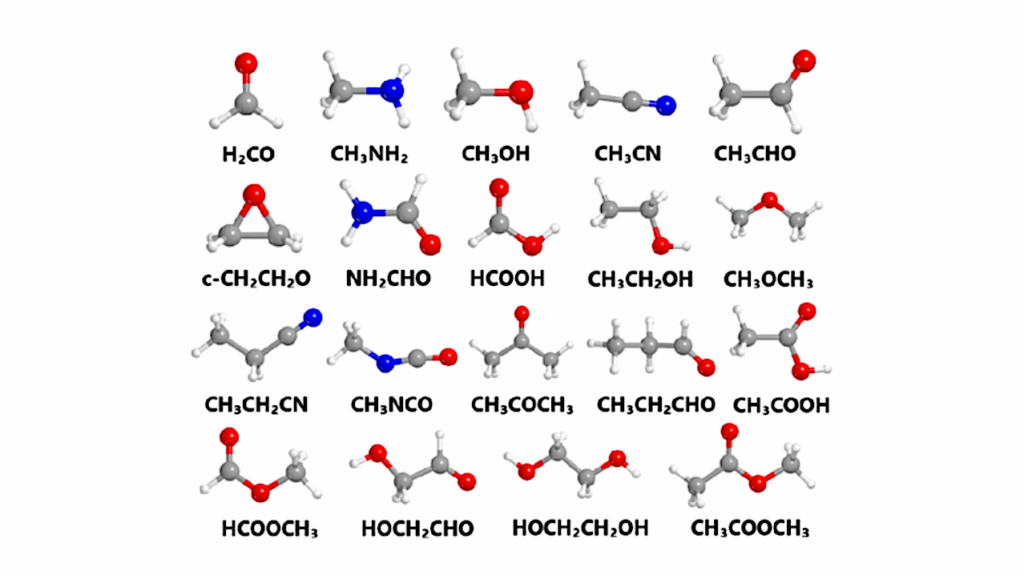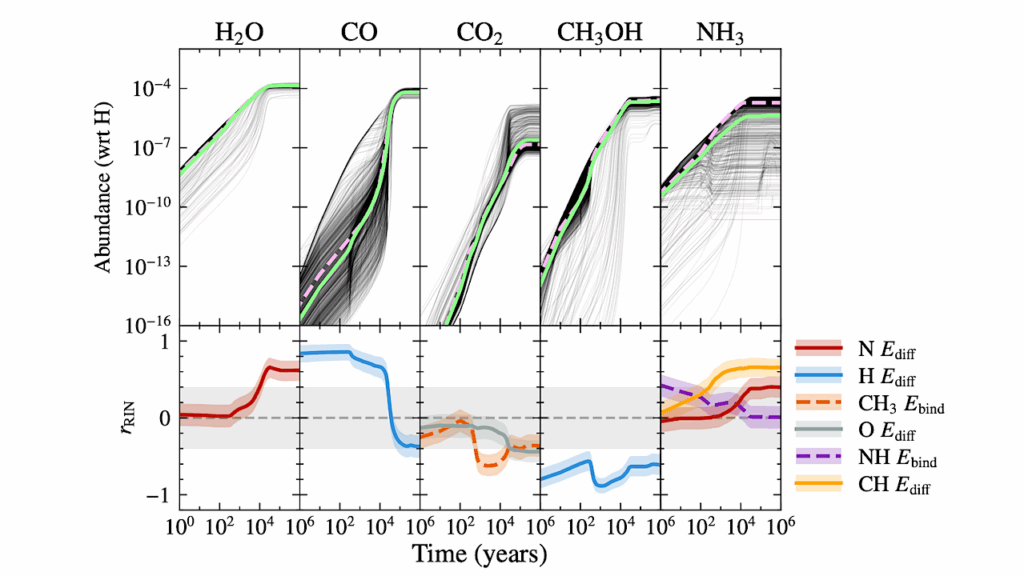Methodologies for 176Lu-176Hf Analysis of Zircon Grains from the Moon and Beyond

Zircons are found in extraterrestrial rocks from the Moon, Mars, and some differentiated meteorite parent-bodies. These zircons are rare, often of small size, and have been affected by neutron capture induced by cosmic ray exposure. The application of the 176Lu-176Hf decay system to zircons from planetary bodies such as the Moon can help establish the chronology of large-scale differentiation processes, like the crystallization of the lunar magma ocean.
Here, we present methods to measure the isotopic composition of Hf of extraterrestrial zircons dated using ID-TIMS U-Pb after chemical abrasion. We introduce a 2-stage elution scheme to separate Hf from Zr while preserving the unused Zr fraction for future isotopic analysis. The effect of neutron capture is also re-examined using the latest thermal neutron capture cross sections and epithermal resonance integrals.
Our tests show that the precision of Hf isotopic analyses is close to what is theoretically attainable. We have tested this method to a limited set of zircon grains from lunar rocks returned by the Apollo missions (lunar soil 14163, fragmental polymict breccia 72275, and clast-rich breccia 14321). The model ages align with previously reported values, but further work is needed to assess the chronology of lunar magma ocean crystallization as only a handful of small zircons (5 zircons from 3 samples) were analyzed, and the precision of the analyses can be improved by measuring more and larger lunar zircon grains.
Xi Chen, Nicolas Dauphas, Zhe J. Zhang, Blair Schoene, Melanie Barboni, Ingo Leya, Junjun Zhang, Dawid Szymanowski, Kevin D. McKeegan
Comments: ACS Earth and Space Chemistry, in press
Subjects: Earth and Planetary Astrophysics (astro-ph.EP)
Cite as: arXiv:2311.11152 [astro-ph.EP] (or arXiv:2311.11152v1 [astro-ph.EP] for this version)
Related DOI:
https://doi.org/10.1021/acsearthspacechem.3c00093
Focus to learn more
Submission history
From: Nicolas Dauphas
[v1] Sat, 18 Nov 2023 19:39:46 UTC (2,871 KB)
https://arxiv.org/abs/2311.11152
Astrobiology, Astrochemistry








